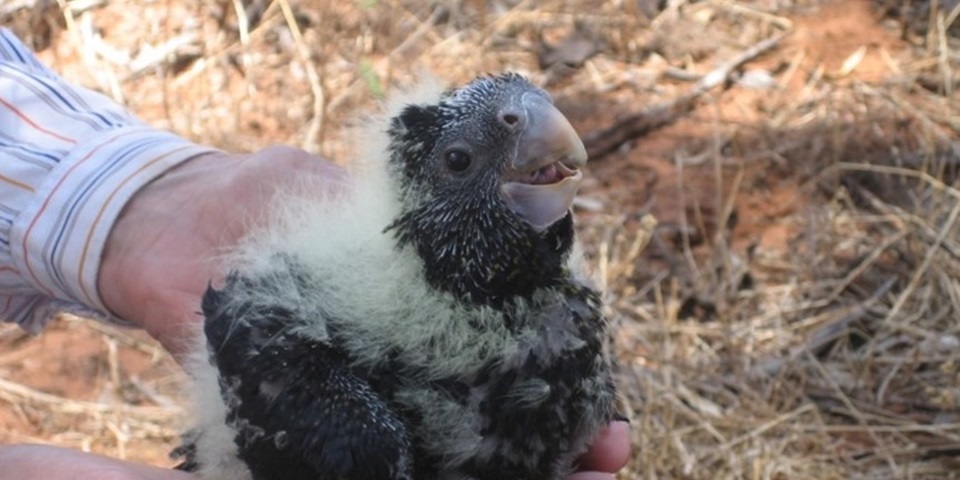Main Club, 5 September 2025
The Main Club’s meeting at the Hew Roberts Lecture Theatre on September 5th, 2025, Keep Carnaby’s Flying – Ngoolarks Forever, was presented by Professor Kris Warren from the School of Veterinary Medicine at Murdoch University, who has worked in the field of wildlife, zoological, and conservation medicine for over 20 years.
The Keep Carnaby’s Flying project aims to conserve the endangered Black Cockatoo (Carnaby’s Cockatoo) in Perth. This initiative involves community engagement, local government collaboration, and environmental restoration efforts to provide food, water, and habitat for birds. The project is supported by funding from Lotterywest and aims to safeguard the future of these iconic birds in urban environments.
Between 2022 and 2024, they produced eight individual, data-informed Black Cockatoo Conservation Action Plans for local government authorities, to help councils identify the best ways to protect Black Cockatoos and their foraging and roosting habitats.
The Black Cockatoo Conservation Management Project is undertaking one of the largest and longest studies of wild cockatoos in the world. Through their work, they aim to help save Western Australia’s three threatened species of black cockatoos: Carnaby’s Cockatoos (Zanda latirostris), Baudin’s Cockatoos (Zanda baudinii), and the Forest Red-tailed Black Cockatoos (Zanda banksia naso).
Their research projects focus on health, demographics and ecology of black cockatoos. Since 2007, they have conducted health monitoring of Carnaby’s Cockatoo nestlings throughout the species’ breeding range, as well as disease screening of injured black cockatoos treated at the Perth Zoo Veterinary Department for rehabilitation and release back into the wild. Four hundred twenty-six (426) nestlings have been tested, including for BFDV (Beak and Feather Disease Virus), Chlamydia, and emerging research into a suspected toxicological syndrome, Carnaby’s Hindlimb Paralysis Syndrome (CHiPS).
Successful monitoring has been achieved by attaching tags with GPS and ARGOS satellite tracking to follow birds through their flights for foraging, roosting, and flock integration. So far, 114 birds have been tagged, 87,000 km of tracking data and 16 research publications.
Research results show a marked decline in population numbers. The result corresponds with the decline in foraging food, water, and roosting sources, as well as the increase in urbanisation. It highlights the importance of maintaining green corridors to allow pathways for the sustainability of birds and other wildlife. Increasingly dry summers, along with bushfires, also impact resources and cause an increase in stress factors, which affect their general health. Humans are also reliant on interaction with the environment through association with green corridors for their mental and physical health.
Installation of 11 Cockitroughs for clean drinking water and planting at 38 sites included 44,038 tubestock, 344 advance trees, and 129 macadamia trees as a food source to support their health. Whilst these figures are impressive, they are not a substitute for maintaining the naturally existing habitat of forests with well-established tree growth, which serves as food, roosting, and breeding sites.
We hope this will continue beyond the project’s lifetime, with ongoing revegetation and rewilding activities providing new food and habitat for Carnaby’s Cockatoos every year.
Helen Riley


